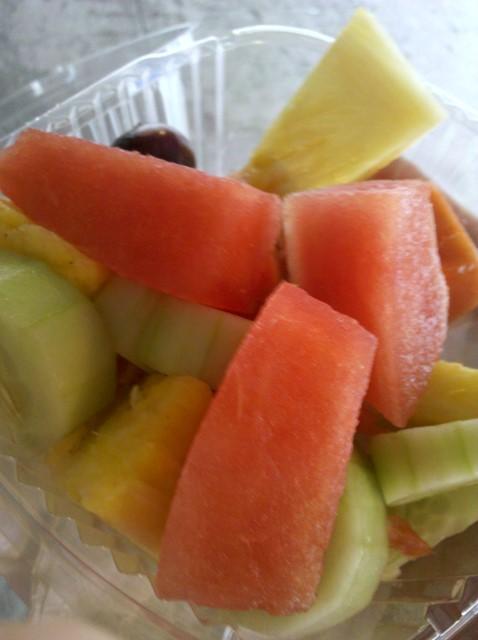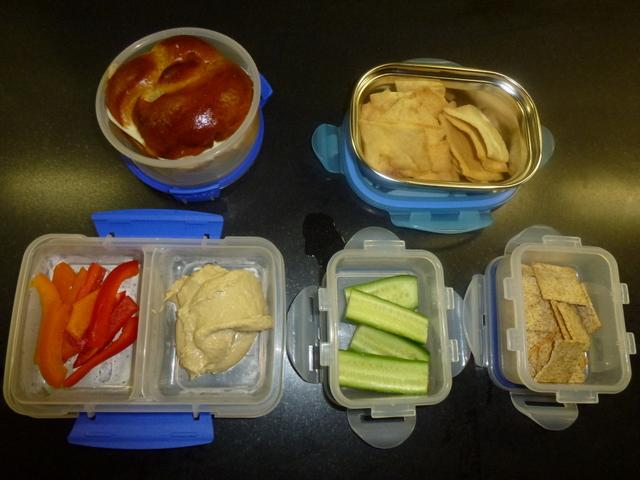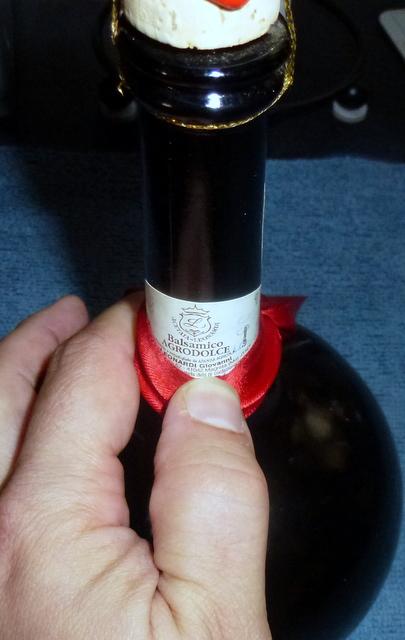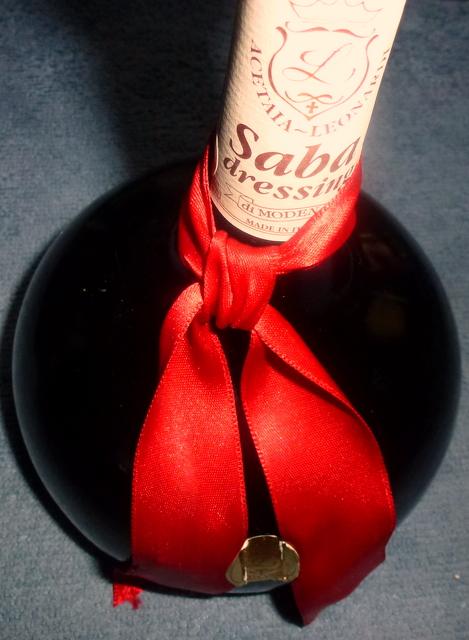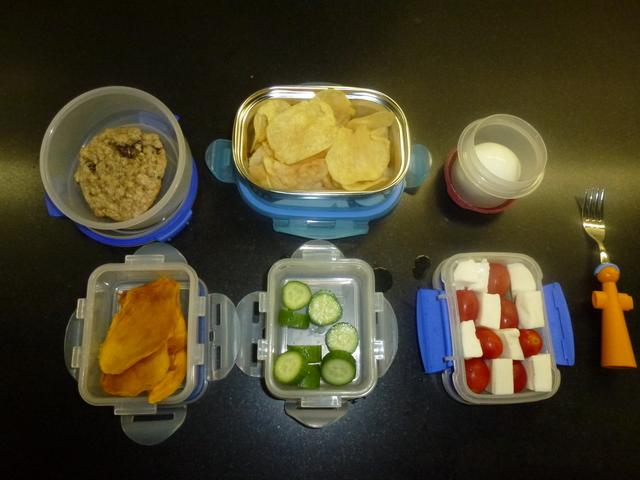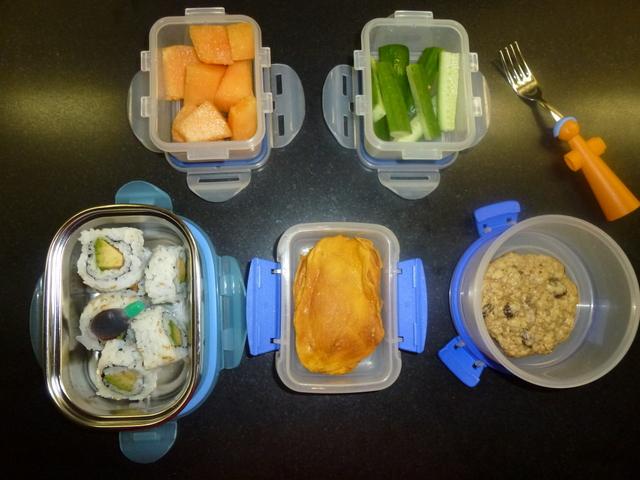-
Posts
28,458 -
Joined
-
Last visited
Content Type
Profiles
Forums
Store
Help Articles
Everything posted by Fat Guy
-
I've known since childhood that, botanically, cucumber is a fruit -- even though it's treated like a vegetable. So I've always thought, okay, yes, it's really a fruit but nobody actually uses it as a fruit so that's just a technical point. Today, in East Harlem (a Latin neighborhood), on my way home from a bureaucratic errand, I passed a vendor on the street selling cut-up fruit of various kinds. I chose a mixed-fruit box, which was quite large for $3. As I was strolling and eating, checking email on my phone and not really paying careful attention, I started wondering what the fruit was that I was chewing on. I looked down at my fruit salad and, lo and behold, mixed in with the pieces of mango, watermelon, papaya, pineapple and grapes, there were slices of cucumber. As I stood at the crosswalk at 114th Street waiting for the light to change the guy standing next to me said, "Hey, is that cucumber in there?" It took a while to get used to it, but the cucumber worked. While not as sweet as the other fruits, it definitely had a complementary flavor. Go figure.
-
I have heard a lot of people pronounce Bosch with a long "o." I was wondering if that's correct. Glad to see there is not a quick consensus. I did a quick search on YouTube and found what seems to be a Bosch corporate video with the short "o" -- Bosch rhyming with "wash." I wonder if that's definitive. http://www.youtube.com/user/BoschHome#p/a/u/2/YUQrWTt74nU
-
Please help me with Bosch. I'm sure there are a lot of others to talk about.
-
It's certainly possible for me to buy smaller bottles, but the economics strongly favor quantities of at least a liter.
-
Not everybody has a pantry or pantry-like room. People in apartments generally don't, and if they do their pantries aren't likely to be particularly cool, especially if they live in places with warm summers.
-
My refrigerator is at 3.33C (38F) but I never use oil from the refrigerator. I keep a cruet at room temperature, which I refill from the refrigerator every couple of weeks. I just haven't noticed any negative impact on flavor or texture from refrigeration, provided I'm using the oil after a decent amount of time back out of the refrigerator. Whereas, I do notice degradation with unrefrigerated oil after a few months. Just based on my very limited general knowledge, I don't see how cooling short of freezing would damage the stuff. Then again it is said to damage tomatoes, so who knows? I wonder who has studied olive-oil storage and where we can get the data.
-
Are you talking about if you use it at refrigerator temperature, or after it has come back up to room temperature?
-
Refrigeration negatively affects the flavor of olive oil? I've never noticed that. I can see the argument for freezing causing damage, but what's the problem with refrigeration?
-
I've taken to keeping my olive oil in the refrigerator. Not all of it. But I tend to buy a liter at a minimum and it takes me long enough to go through it that, if it's left out at ambient kitchen temperature, it degrades noticeably by the end of the bottle. So what I do is keep a small cruet of olive oil in the cabinet with the spices and other cooking basics, and I keep the main bottle in the fridge. The olive oil clouds and solidifies in the fridge, but this seems to have no impact on flavor. When I need to refill the cruet, I take the bottle out of the fridge before I start meal prep. By the time I'm done, it is liquid enough to fill the cruet and go back under refrigeration. Anybody else do it this way? Or this it's a terrible idea?
-
A friend has a childhood memory of eating abalone with a rich cream sauce. Anybody have a suspicion as to what the recipe might be?
-
These are the ingredients: "Ingredients: fresh basil, extra-virgin olive oil, canola oil, non-GMO and rBGH-free parmesan cheese, pine nuts, fresh garlic, rice vinegar, salt and black pepper." Might it be the vinegar playing the role of acid?
-
How do they keep store-bought pesto green? I have some from Costco. It doesn't seem to have any weird chemicals in it. Yet it has stayed green for like a month. What's the trick?
-
This is yesterday's lunch (no lunch today; sick day) Red and orange peppers with hummus, challah roll with cheese, pita chips, wheat crackers, cucumber slices. I didn't pack a sweet item because this lunch almost exceeded the capacity of the tote we use.
-
Going on about 5 months with the new soapstone countertops. They're starting to darken a little (without me doing anything) and are getting less sensitive to every drop of water etc. I'm liking them.
-
-
For some reason the sources that say no grapes until after age 5 say that cherry tomatoes are okay after age 2. Go figure.
-
Someone sent me this link today and I was blown away by the numbers, for example sales of Michelob down 72 percent over the past 5 years: 8 beers Americans no longer drink
-
Second day of school. Dried mango, salty-oat cookie, potato chips, hard-cooked egg, mozzarella and tomato, cucumber slices.
-
I've made French toast once since starting to collect advice here. I used challah, lessened the percentage of milk, soaked for about half as much time, and heated the pan a bit more than before. No other ingredients. Results were significantly better. Next time I may try adding some stuff to the mix.
-
Two reasons. 1. Whole grapes are a choking hazard. The standard recommendation is no whole grapes until age 6. The photos of cut-in-half grapes are from when he was 5. See, e.g., this article from the BabyCenter website: "Grapes – whole grapes are a choking hazard. Children should not eat whole grapes until they are well over the age of 5. Grapes should be cut when served to children." 2. He is particularly fond of red-globe grapes, which have seeds, but he doesn't like the seeds. So I take them out, which requires bisection. So he may continue to get cut grapes for a while longer, though it hasn't come up this year yet. Whatever Fairway puts in it. I have occasionally made my own but I usually buy it. When I make it, there is seasoned vinegar mixed in with the rice, and just avocado inside. I wrap nori on the outside, but the professionals sometimes do inside-out. They also typically put sesame seeds on the outside.
-
They sell them on Amazon in 12 packs, 6 in the shape of fish and 6 in the shape of little bottles, for $3.99. I think in Asia they go for about a dollar for a gross of them. They're meant to be disposable but I clean and reuse them (I try not to use any disposable packaging in PJ's lunches, for various reasons -- though I have gone back to paper napkins because I write him a note every day on his napkin as part of the whole learning-to-read thing). Sauce Container Fish and Bottle, from Amazon.
-
The 2011-12 school year has started here in New York. There were actually two adjustment days last week, but they were half days with no lunch. So, first lunch of first grade: Clockwise from bottom left: Avocado maki with soy sauce in a little plastic fish, cantaloupe chunks, cucumber slices, salty-oat cookie, dried mango.
-
Way back Jeffrey Steingarten did a big french fry investigation and I think he ultimately ruled in favor of horse-kidney fat. Or at least he tried it.
-
I like potatoes roasted with olive oil and herbs. But if you finish them with a knob of butter, they're even better. And I agree that poultry fat really brings out the best in potatoes.
-
I was at a restaurant tonight where they serve olive oil with the bread. One of the people at my table asked for butter. I had a little bread with olive oil and then a little with butter. The butter was so much better it was shocking. Now, I'm not saying this means butter is categorically better than olive oil. Surely there are places where olive oil is preferable. But it got me thinking about the best fats for various purposes, from spreading on bread to frying to garnishing finished dishes. Given that I'm eating less and less fat, I'd like to make the best fat choices when I do eat it. So, can we generate some criteria and guidelines?



